Developed amid British colonisation in the 1940s, Tropical Modernist architecture adapted the simple designs and functional philosophy of Bauhaus for the climate of West Africa. Following decolonisation, the style evolved to become a symbol of a newly free Ghana before being abandoned in the 1960s amid political and economic collapse. This short documentary from the Victoria and Albert Museum in London captures the complicated legacy of Tropical Modernism while looking ahead to the potential for ‘a future African architecture’ that captures the spirit of its people and responds to the changing climate. Featuring images of significant structures born of the movement, and commentary from scholars and other experts, the film frames architecture as both a form of cultural expression and an inevitably political act.
West Africa was once an architectural laboratory. Is it time for a revival?
Video by the Victoria and Albert Museum
Directors: Christopher Turner, Bushra Mohamed, Nana Biamah-Ofosu
Producers: Holly Hyams, Justine Sambrook

videoArchitecture
Inside the remarkable, endangered mud castles of West Africa
9 minutes
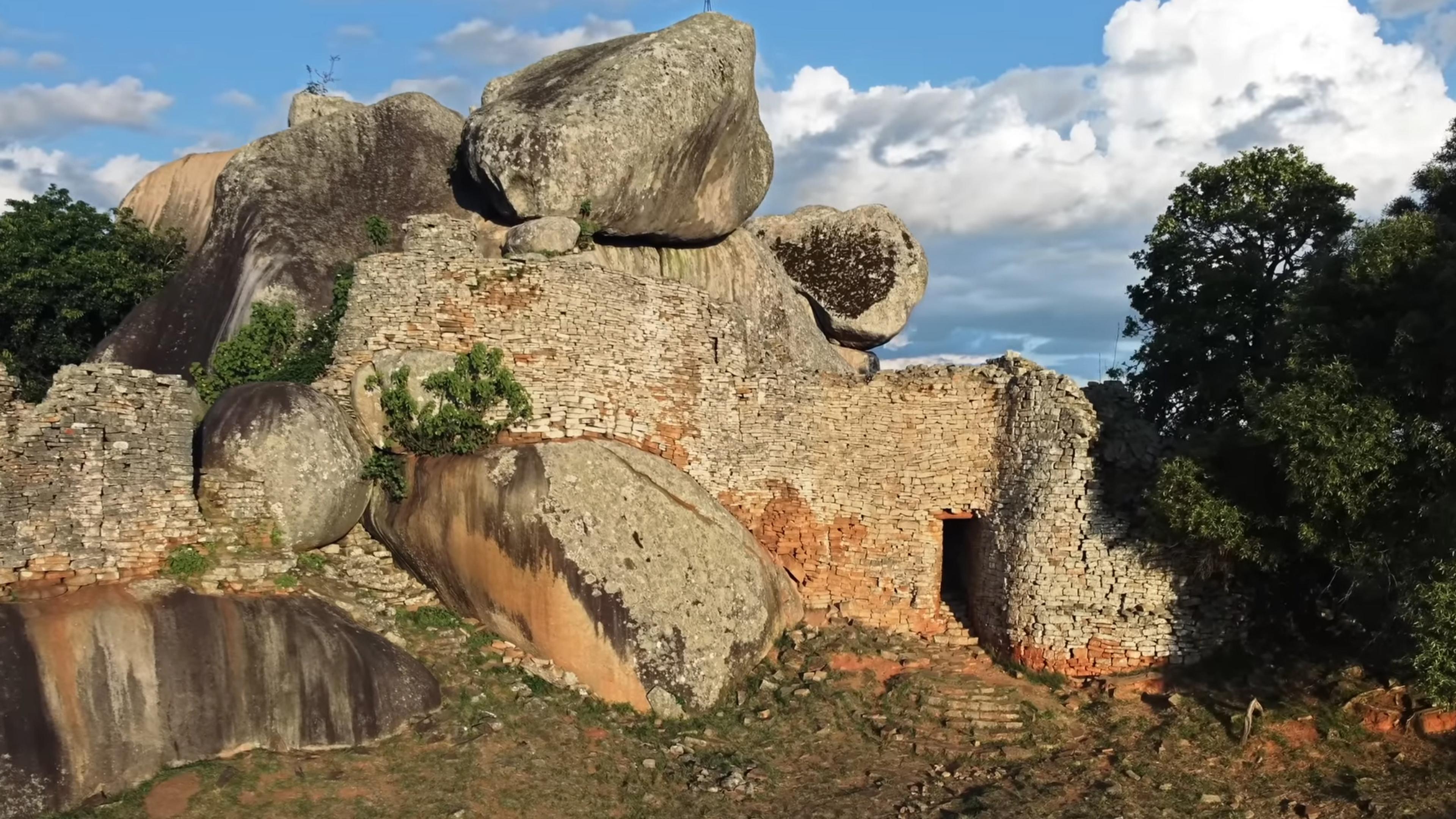
videoHistory
The dry-stacked stones of Zimbabwe are a medieval engineering wonder
7 minutes
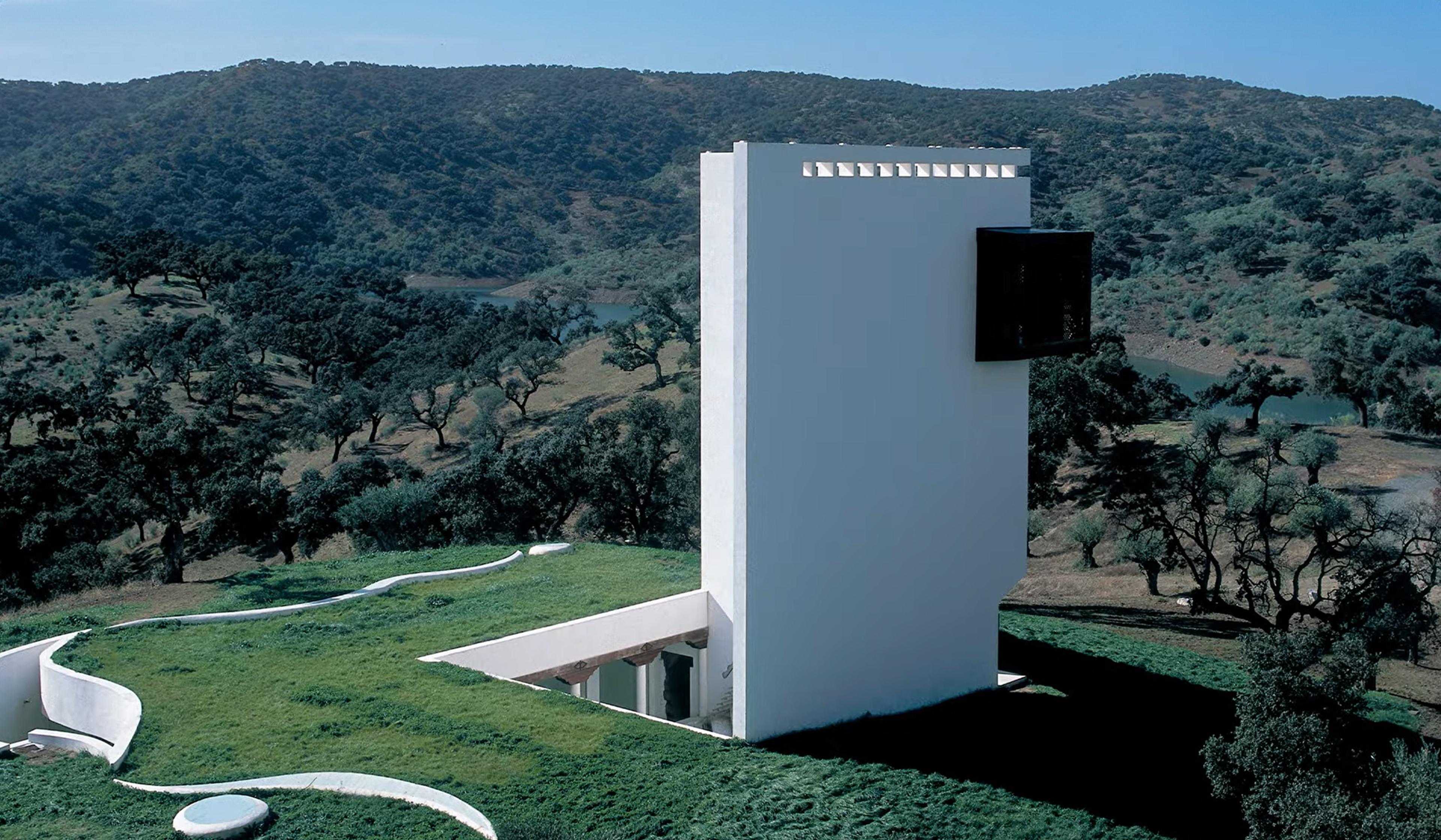
videoArchitecture
‘I listen to the land’ – poetry and greenery intertwine in Emilio Ambasz’s architecture
9 minutes
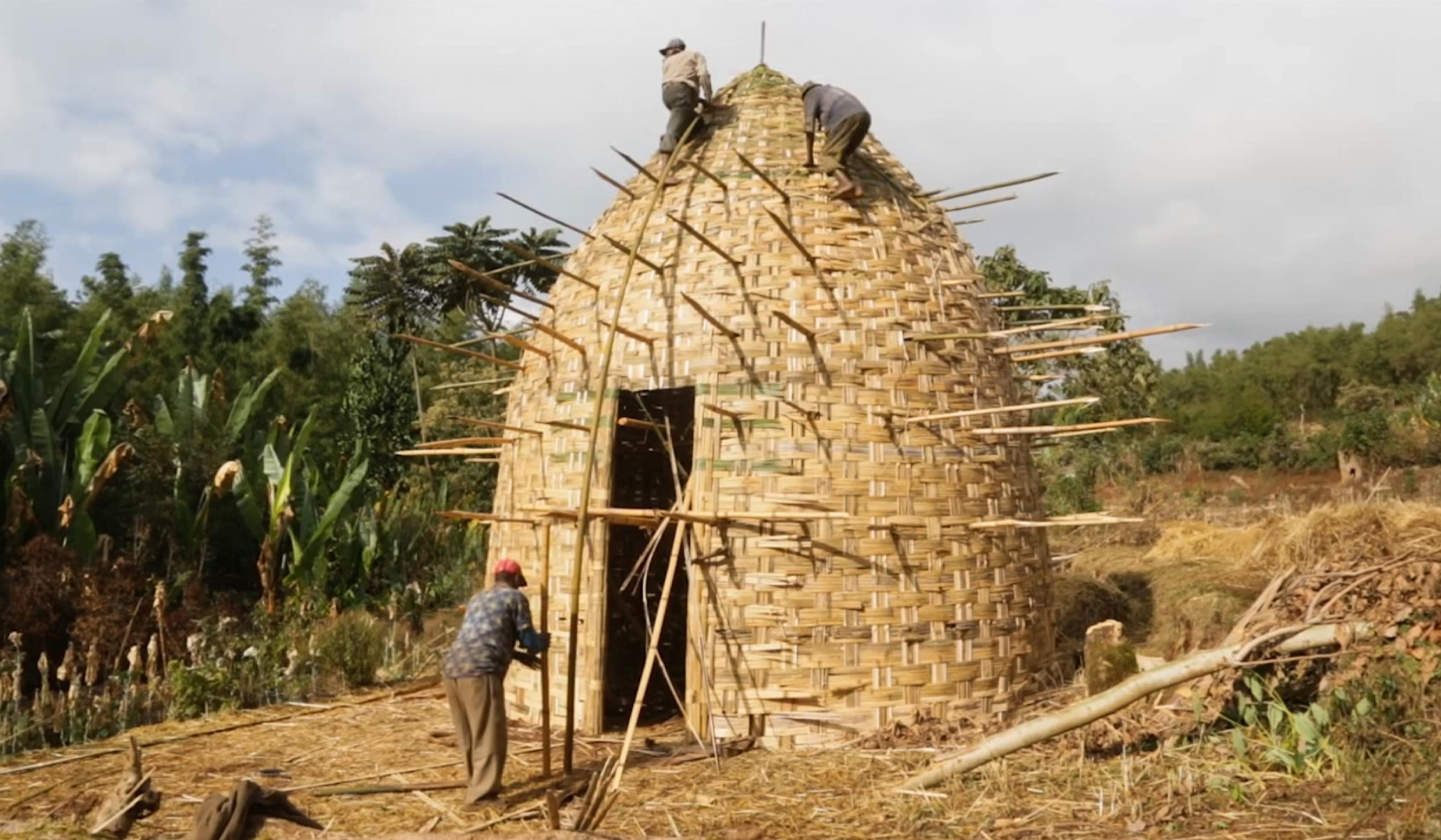
videoArchitecture
How the Dorze in Ethiopia make ‘beehive’ houses from bamboo that last a lifetime
35 minutes
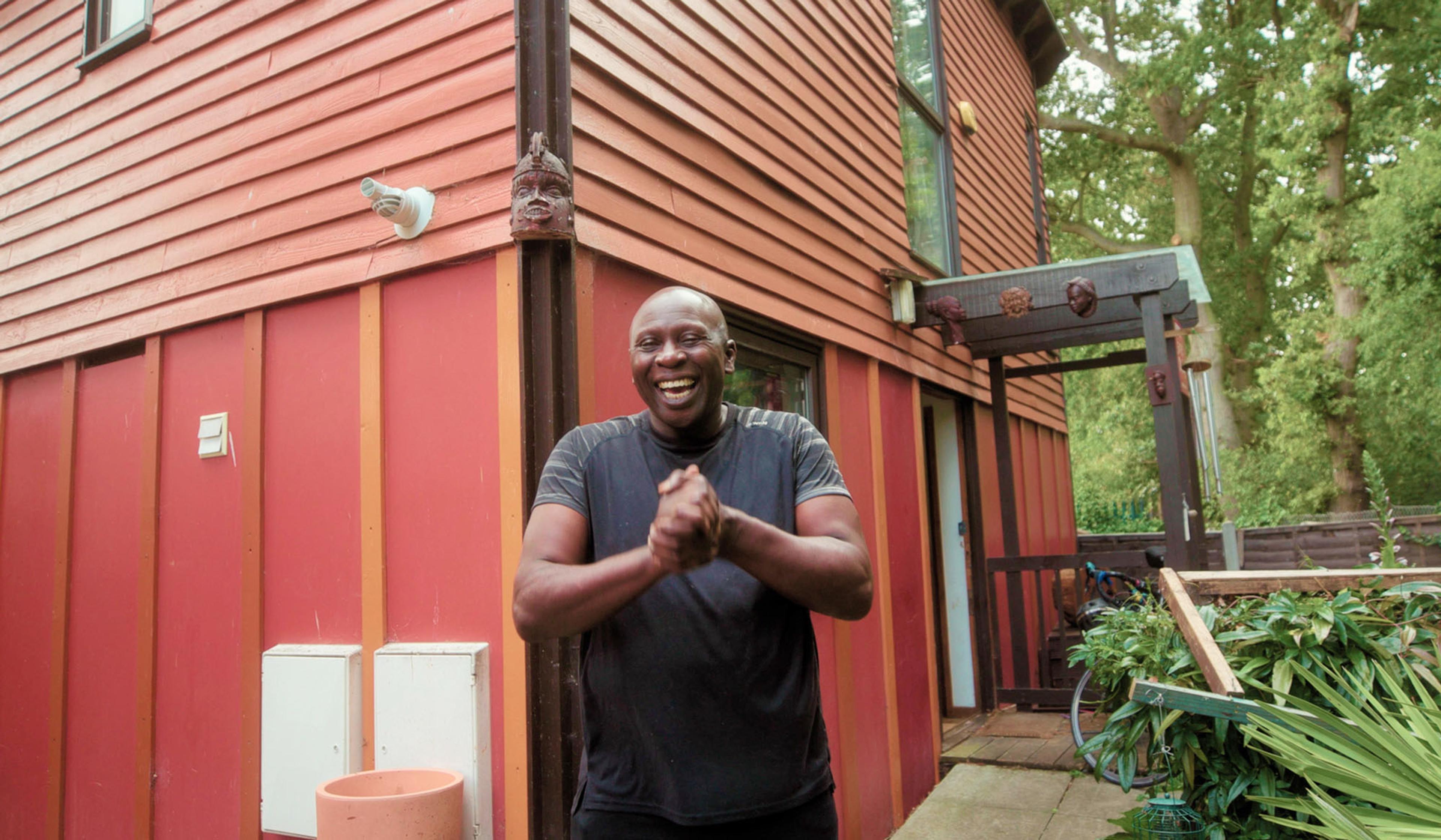
videoCities
Inside the unique London community built by residents to defy housing discrimination
21 minutes
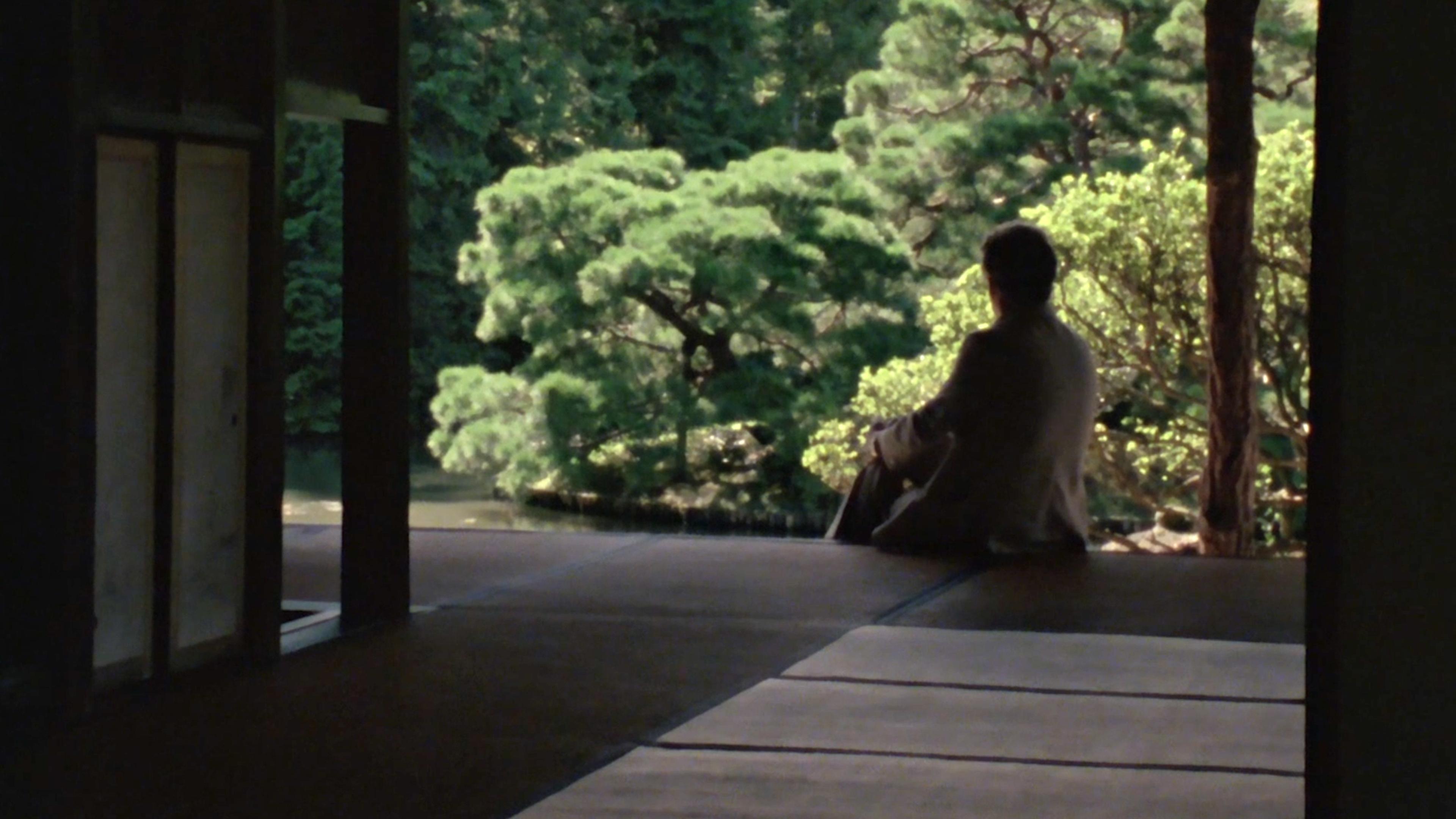
videoArchitecture
The celebrated architect who took inspiration from sitting, waiting and contemplating
29 minutes
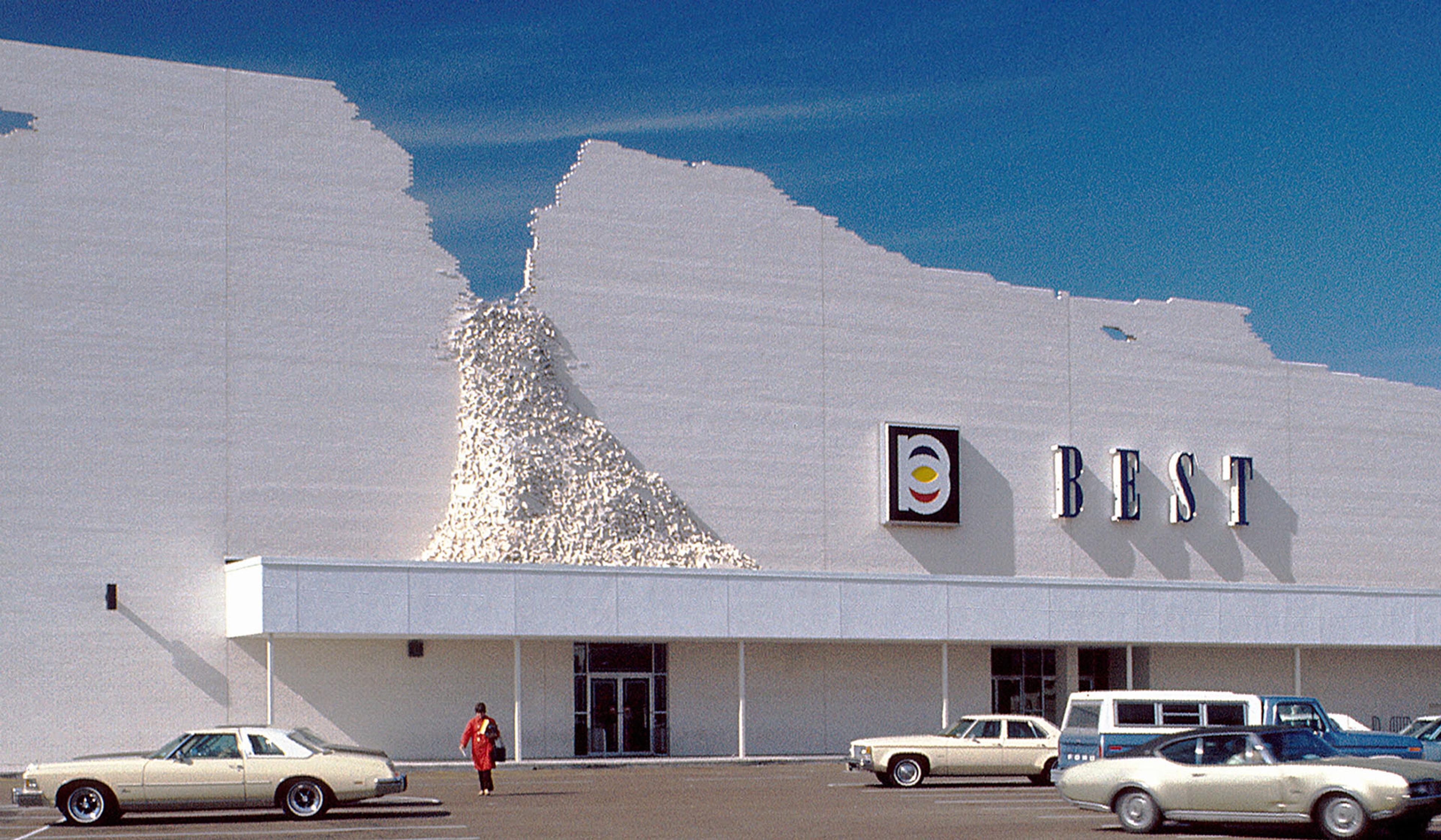
videoArchitecture
Why a sculptor pivoted from gallery installations to big-box stores design
9 minutes

videoArchitecture
Steep climbs lead to sacred spaces carved high into the cliffs of Ethiopia
9 minutes

videoArchitecture
Light, geometry and symbolism: how Jean Nouvel’s architecture reimagines culture
15 minutes